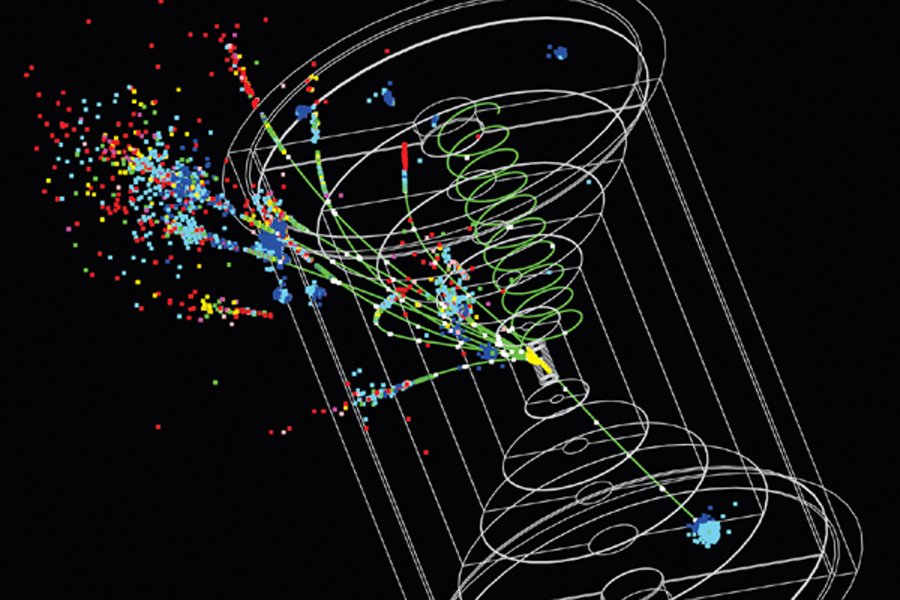Particle physics, in short, is a hugely expensive enterprise—but it is a productive one. Today the particle count is well over 150, with a further 100 or so suspected, but unfortunately, in the words of Richard Feynman, "it is very difficult to understand the relationships of all these particles, and what nature wants them for, or what the connections are from one to another."
總之,粒子物理學是個花錢很多的事業──但又是個收獲巨大的事業。今天,粒子的數量已經大大超過150種,還有100種左右被懷疑存在。但不幸的是,用理查德·費曼的話來說:“很難搞清所有這些粒子的關系,大自然要它們干什么,彼此有什么聯系。”
Inevitably each time we manage to unlock a box, we find that there is another locked box inside. Some people think there are particles called tachyons, which can travel faster than the speed of light. Others long to find gravitons—the seat of gravity. At what point we reach the irreducible bottom is not easy to say.
每打開一個盒子的時候,我們總是發現里面還有一個緊閉的盒子。有的人認為存在超光速粒子,其運動速度超過光速。有的渴望找到引力子──引力的根子。我們刨根問底兒已經刨到什么程度,現在還很難說。

Carl Sagan in Cosmos raised the possibility that if you traveled downward into an electron, you might find that it contained a universe of its own, recalling all those science fiction stories of the fifties. "Within it, organized into the local equivalent of galaxies and smaller structures, are an immense number of other, much tinier elementary particles, which are themselves universes at the next level and so on forever—an infinite downward regression, universes within universes, endlessly. And upward as well."
卡爾·薩根在《宇宙》一書中說,要是你鉆進一個電子深處,你會發現它本身就是一個宇宙,使你回想起20世紀50年代的那些科幻故事。“里面,大量小得多的別的粒子組成了相當于當地的星系和較小的結構,它們本身就是下一層次的宇宙,如此永遠下去──一個逐步往里推進的過程,宇宙中的宇宙,永無盡頭──往上也是一個樣。”
For most of us it is a world that surpasses understanding. To read even an elementary guide to particle physics nowadays you must now find your way through lexical thickets such as this:
對于我們大多數人來說,這是個不可想像的世界。如今,即使看一本有關粒子物理學的初級指南,你也必須克服語言方面的重重障礙,比如:












